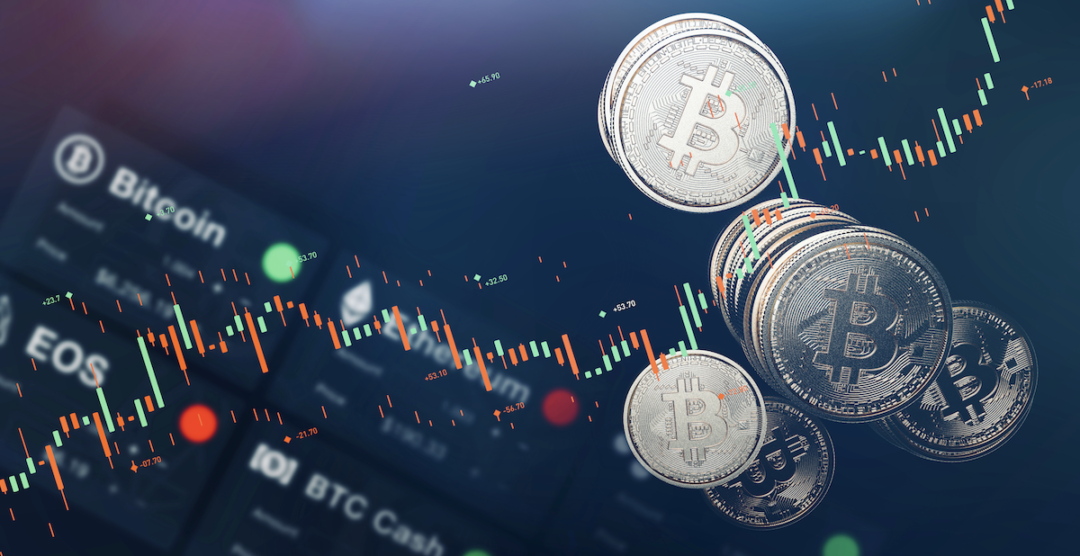
In an episode of the TV show Silicon Valley, there’s a scene where Gilfoyle, one of the characters in the show, was explaining to another character, Richard, the concept of Bitcoin, the digital money. While Richard expresses his doubt over Bitcoin’s stability, Guilfoyle points out that even if Bitcoin dies, the idea of cryptocurrency has been sown.
He compared the cryptocurrency’s hypothetical ‘death’ to Myspace and Friendster, whose demise paved the way for Facebook and Twitter ‘to completely overrun the planet.’ Gilfoyle’s point is that cryptocurrency has arrived, and it’s here to stay.
That episode aired in 2018. Three years later, Gilfoyle is proving to be right—Bitcoin and its kind aren’t going away. More than 5,000 cryptocurrencies are out there aside from Bitcoin. As of February 2021, one Bitcoin is worth USD$56,000—an all-time high. The Age of Cryptocurrency is here.
So how did Bitcoin start?
The Start
Once upon a time—well, actually it was on October 31, 2008—in the midst of the financial crisis, Satoshi Nakamoto, a pseudonym for a person or group of persons, introduced to the world the concept of digital currency. The putative father (or mother) of Bitcoin posted a link to a paper titled ‘Bitcoin: A Peer-to-Peer Electronic Cash System’ on a cryptography mailing list.
In January 2009, Nakamoto deployed the Bitcoin software as an open-source code. Nakamoto’s identity, however, remains one of the greatest mysteries of cryptocurrency. The paper Nakamoto wrote presented the concept of Bitcoin as digital, decentralized electronic cash. And because this new currency is decentralized, this would require no single administrator.
However, there would be a public ledger where transactions are recorded and stored, which anyone can verify. This ledger is also known as the ‘blockchain.’ The electronic cash can be sent from one user to another, using the peer-to-peer Bitcoin network. Intermediaries would not be needed. The Bitcoin network was created when Nakamoto launched the first blockchain. Fittingly, it was called the ‘genesis block.’
The First Transactions
The first to receive a Bitcoin transaction was the computer scientist Hal Finney, who downloaded the Bitcoin software on launch day. He received ten Bitcoins from Nakamoto on January 12, 2009. In those days, mining, or verifying the blockchain, was the only way to obtain Bitcoin.
Bitcoin at this point had no real value. The first recorded transaction involving Bitcoin in exchange for products or services occurred on May 22, 2010. It involved a developer called Laszlo Hanyecz, who ordered and paid for two Papa John’s pizzas with 10,000 Bitcoins. That day is famous in Bitcoin lore, and is known today as ‘Bitcoin Pizza Day.’
Today, those Bitcoins are worth around half a billion dollars. But you have to remember that at the time, Bitcoins weren’t worth much. Mr. Hanyecz was, in fact, happy when he got to use his Bitcoins for something that he enjoyed. What that transaction established was that the initial value of Bitcoins was around 4 Bitcoins per penny.
The First Crypto Exchanges
The first Bitcoin transactions happened on internet forums. People were just bartering goods and services for Bitcoins until, finally, someone saw a need for a Bitcoin trading platform. In January 2010, a person using the handle ‘dwdollar’ proposed in an internet forum a crypto exchange for Bitcoins. Unfortunately, dwdollar’s cryptocurrency exchange, bitcoinmarket.com, didn’t last long.
The exchange ran into some fraudulent trades with PayPal in 2011 and never really fully recovered after that debacle. It faded into obscurity and was overtaken by newer cryptocurrency exchanges. The trading platform Mt. Gox was also created in 2010. The following year, two more exchanges were established. There are currently hundreds of cryptocurrency exchanges, including OTC.
Bitcoin’s Value Rises
The year 2011 was also the year when miners and coders created other cryptocurrencies, such as Ethereum and Litecoin. With the entry of other cryptocurrencies, Bitcoin’s perceived value also began to appreciate. A few companies began accepting digital money in addition to traditional currency.
The history of Bitcoin’s price consists of phenomenal growth punctuated by gut-churning price drops. The first time Bitcoin crossed the one-dollar barrier was in February 2011. In April 2013, Bitcoin was worth USD$200; by the end of that year, the cryptocurrency was worth more than a thousand dollars, an astounding price increase at the time.
But it was in 2017 when things really got rocking in the cryptocurrency world: Bitcoin reached an unprecedented USD$10,000 in November of that year. Bitcoin, however, wasn’t finished. By mid-December of that year, it was worth USD$19,650. The Bitcoin bubble that happened in 2017-2018 was led primarily by a spate of initial coin offerings (ICO).
By the time 2018 came, however, Bitcoin’s value dropped by 65%. By November 2018, Bitcoin was worth below USD$4,000, down by 80%. Bitcoin’s prices managed to stabilize, but in March 2020, another price drop occurred, this time by 30%. It was Bitcoin’s classic volatility in action.
The year 2020, however, saw Bitcoin surpassing expectations. By the end of December, it was worth USD$28,000. This year is proving to be a banner year for Bitcoin, as January saw Bitcoin surging to more than USD$40,000.
Despite its wild price swings, Bitcoin always makes a comeback, stronger than ever.
Conclusion
Despite its relatively inauspicious debut, Bitcoin, through the years, managed to increase in value. It experienced violent price swings, but its price surges have more than surpassed its price drops. From 2010 to 2021, Bitcoin’s price increased from USD$0.03 to more than USD$50,000. Keep in mind, though, that Bitcoin, just like any other investment, carries with it its own risk.
Whatever happens to Bitcoin, the idea of cryptocurrency is here to stay.


